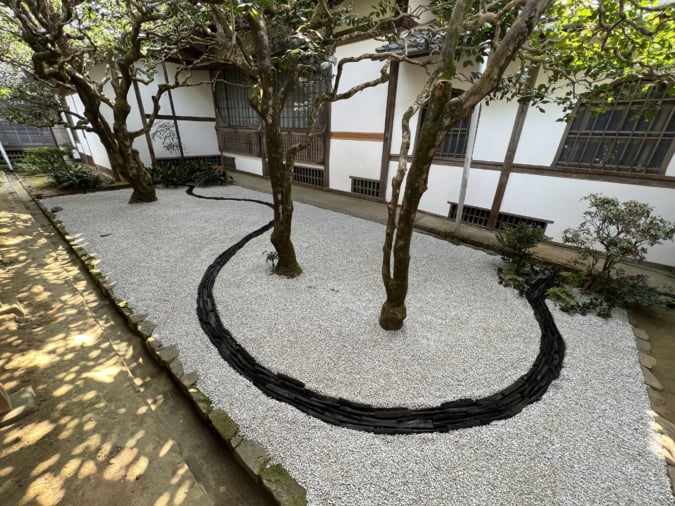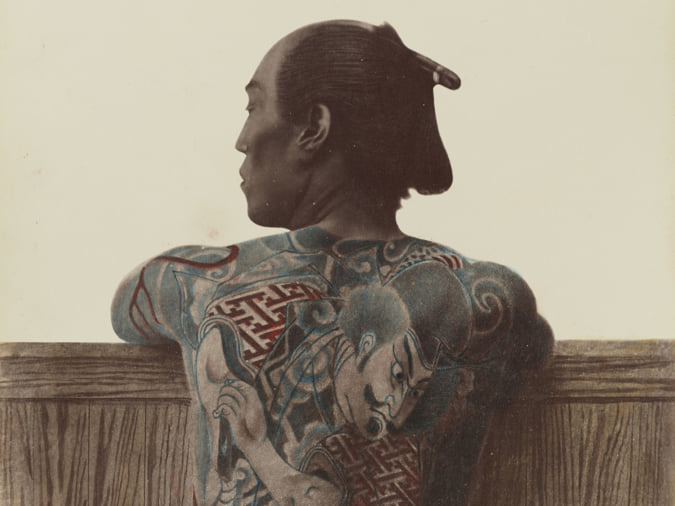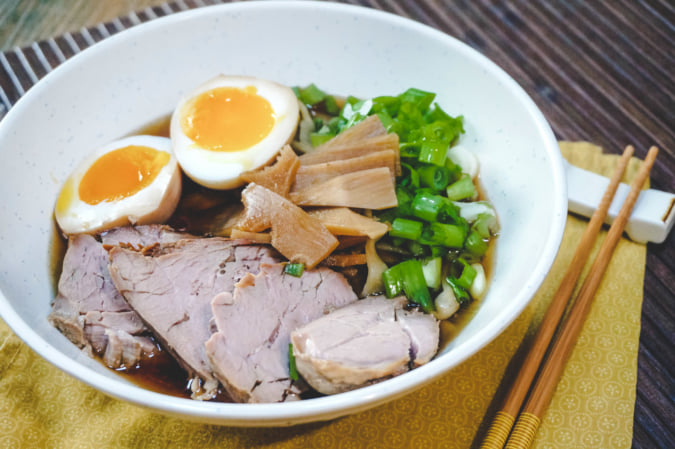Ryukyu Heritage on Display at Okinawa’s Renowned Castle
Once the site of the royal palace, Shurijo Castle Park showcases the unique architecture of the Ryukyu Kingdom.

The design of Surijo Castle’s most famous gate, “Shureimon”, is influenced by China.
Equidistant from China and Japan, Okinawa’s modern history is shaped by the legacy of the Ryukyu Kingdom, which was established by the unification of various settlements around the main island in the early part of the 15th century.
The kingdom was based upon a tributary relationship to various Chinese dynasties, with Japanese influence growing once the Satsuma of Southern Japan placed the islands under their control in 1609.

The design of Surijo Castle’s most famous gate, “Shureimon”, is influenced by China.
This part of Okinawa’s history is best experienced at Shurijo Castle, which served as the palace of the kingdom until 1879, when the archipelago was formally annexed by the Empire of Japan.
While the palace is currently undergoing renovation following a fire in 2019, it is still open and dedicated to showcasing the Ryukyu heritage.
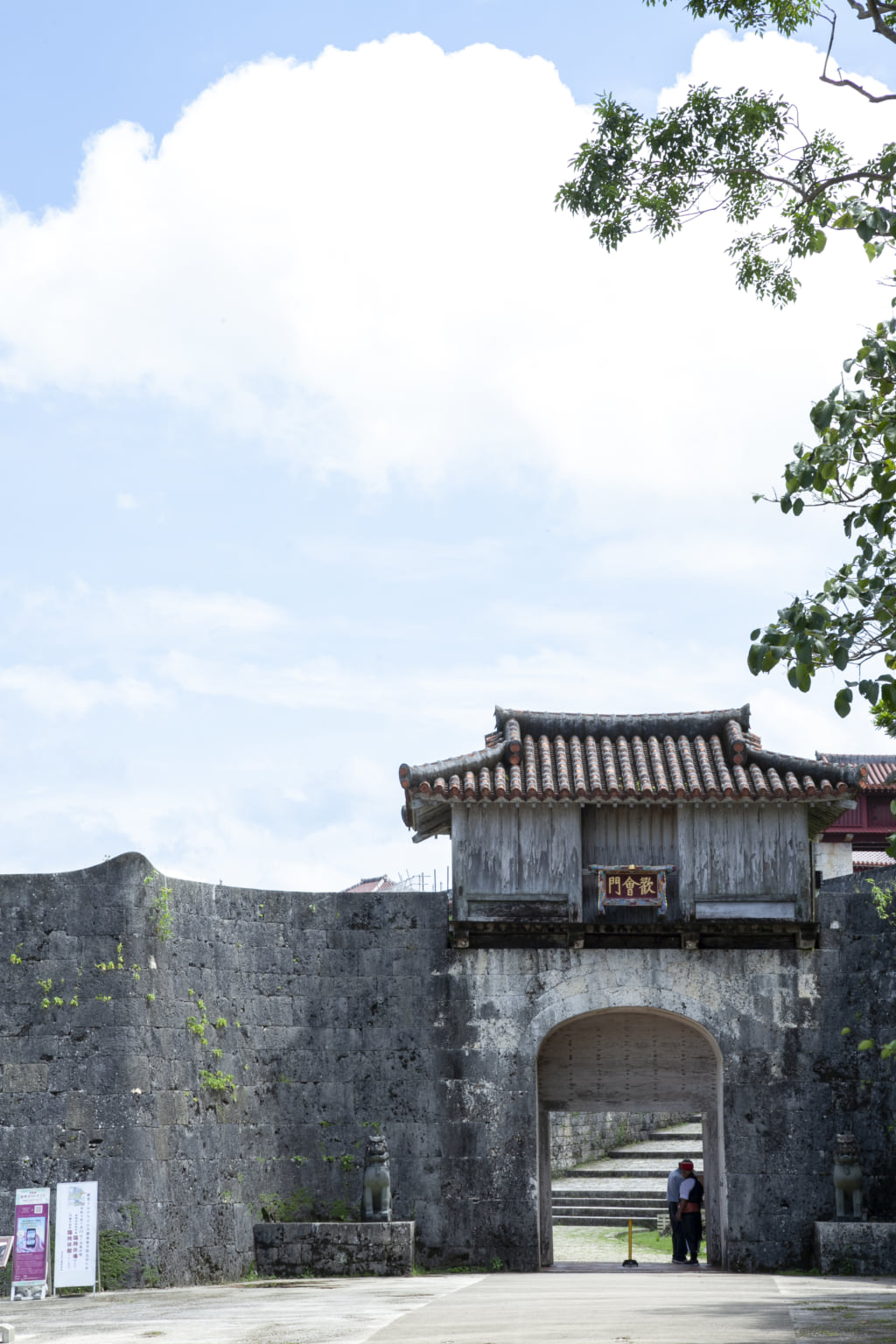
The first gate on the way to entering the castle is called “Kankaimon” and was built during the Ryukyu dynasty to welcome visitors.
The castle’s trademark “Gusuku” architecture, featuring bright red walls and multiple sandstone dragon pillars, is especially emblematic of the unique, syncretic art and culture of the Ryukyu Kingdom.
Shurijo Castle is the perfect place to start exploring Okinawa’s unique history and thus serves as a good introduction to the prefecture.
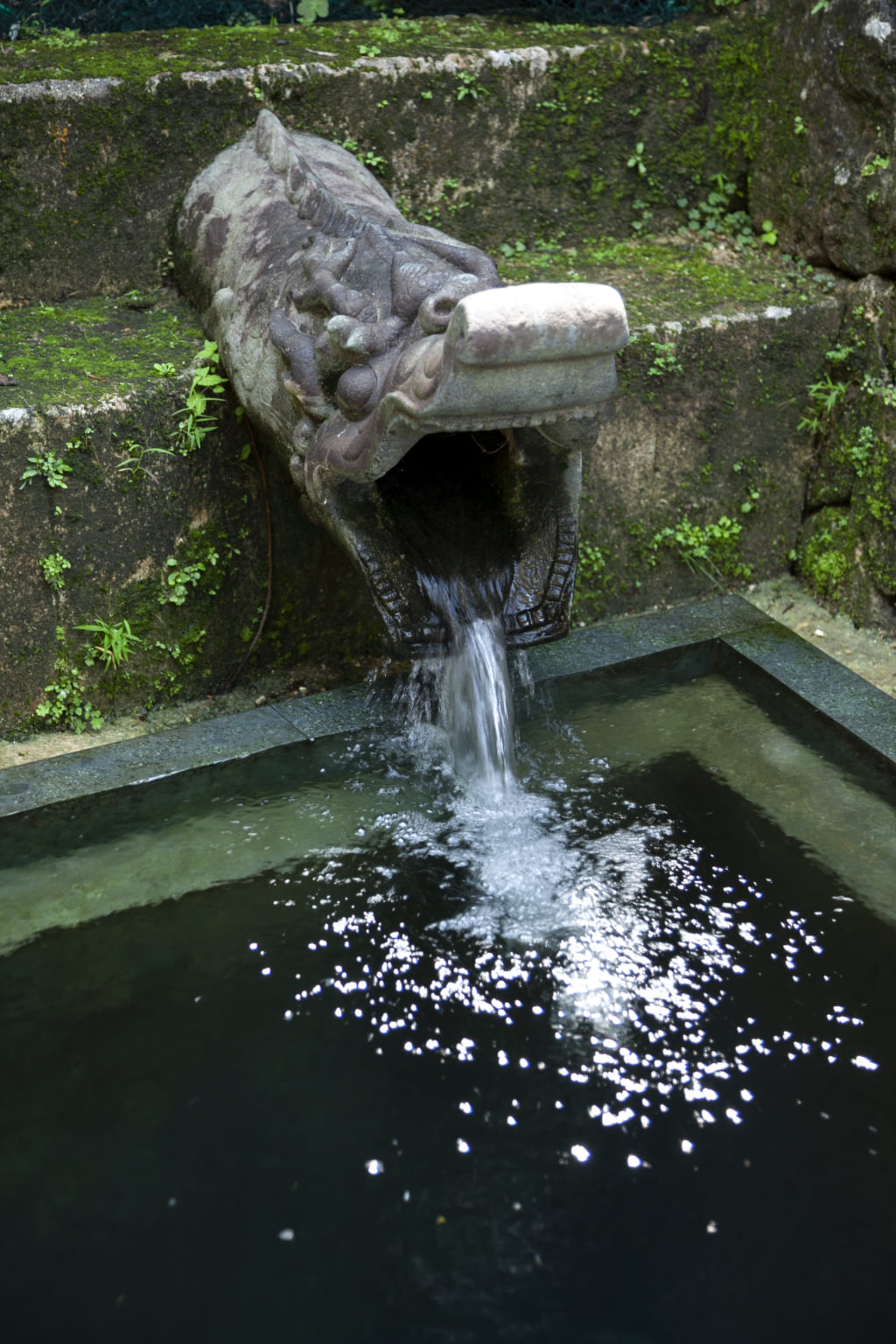
"Ryuhi" was used to supply drinking water during the Ryukyu dynasty.
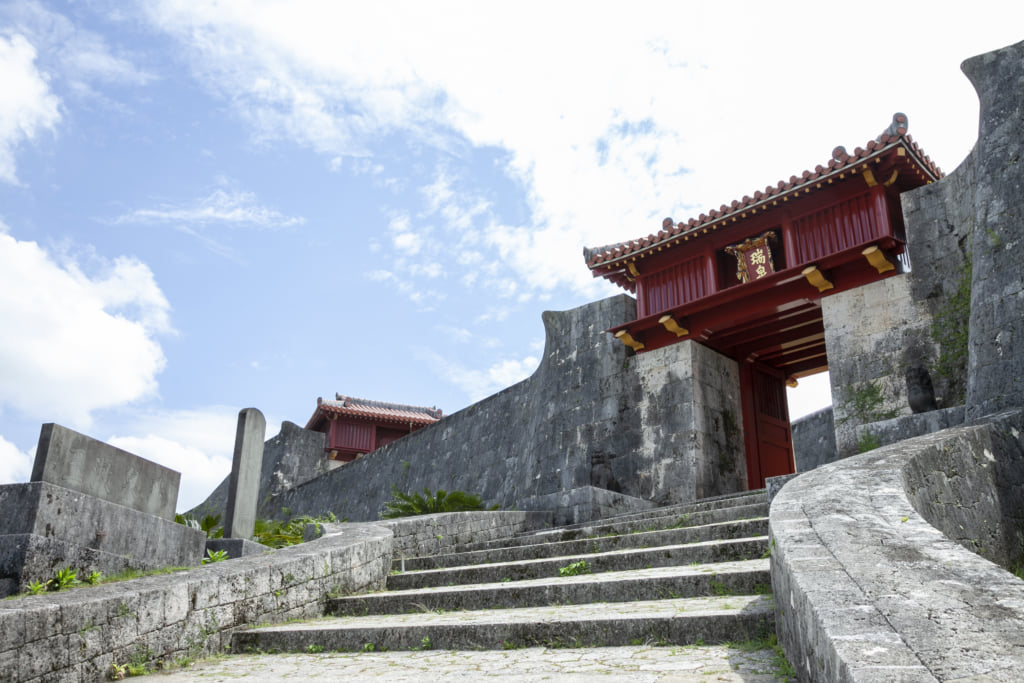
The gate “Zuisenmon”, located next to "Ryuhi."
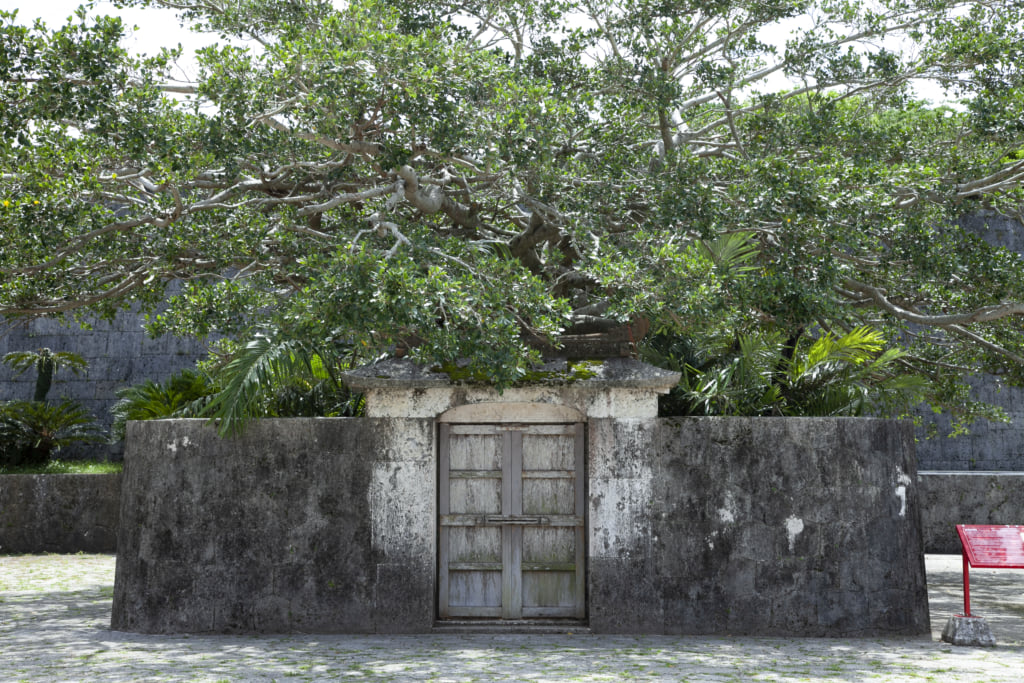
Located within the castle grounds, "Suimui Utaki” is a sacred place that is said to have been made by the god who created the Ryukyu Kingdom.
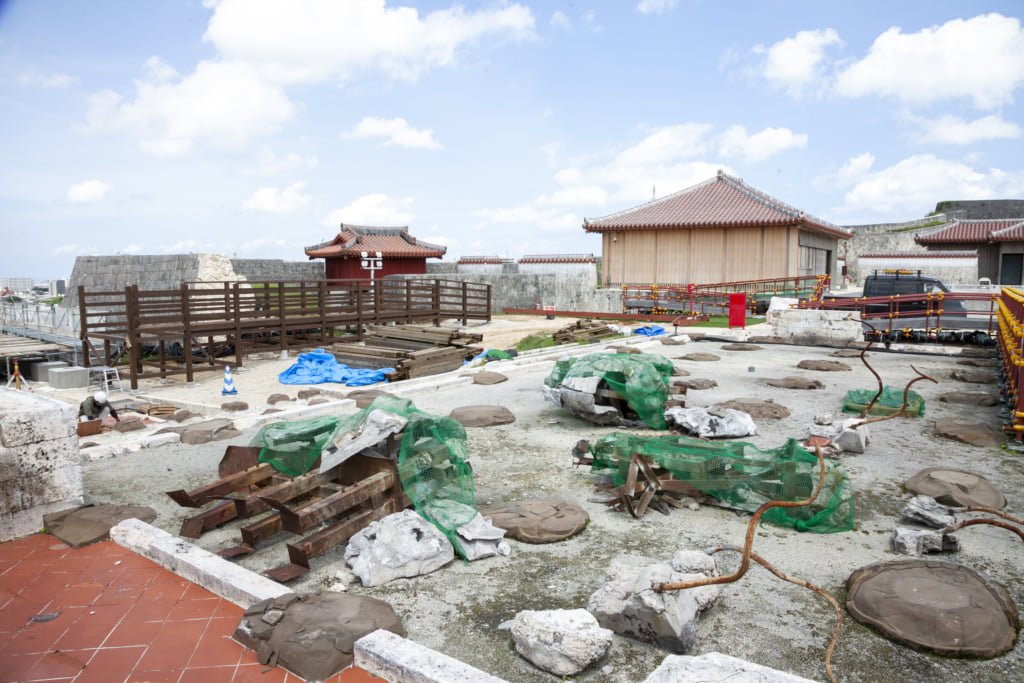
The main hall that was destroyed by a fire in 2019. Visitors are shown the state of the reconstruction efforts.
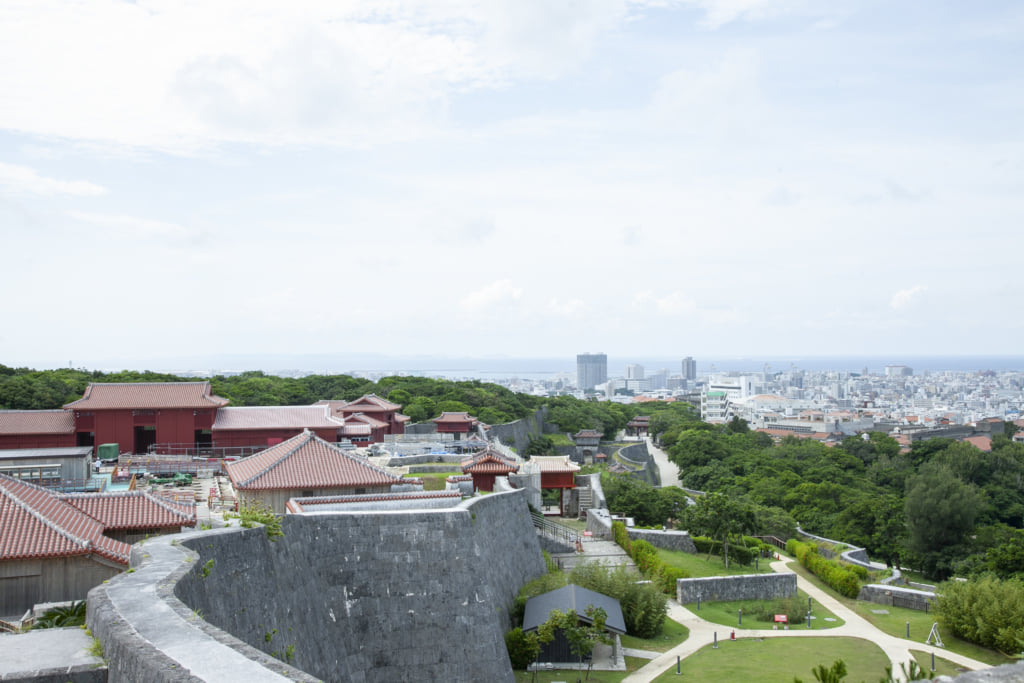
A view eastward, in the direction of Shureimon, from the lectern "East Azana" at an altitude of 140 m. Of note is the contrast between the curved walls and the bright red building.
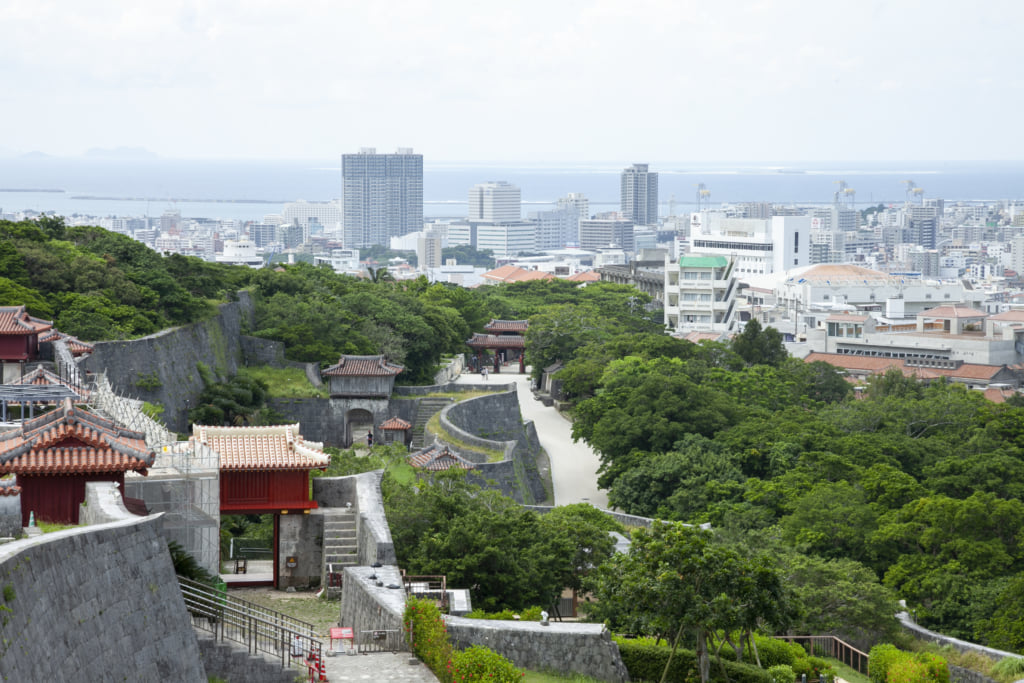
A view eastward, in the direction of Shureimon, from the lectern "East Azana" at an altitude of 140 m. Of note is the contrast between the curved walls and the bright red building.
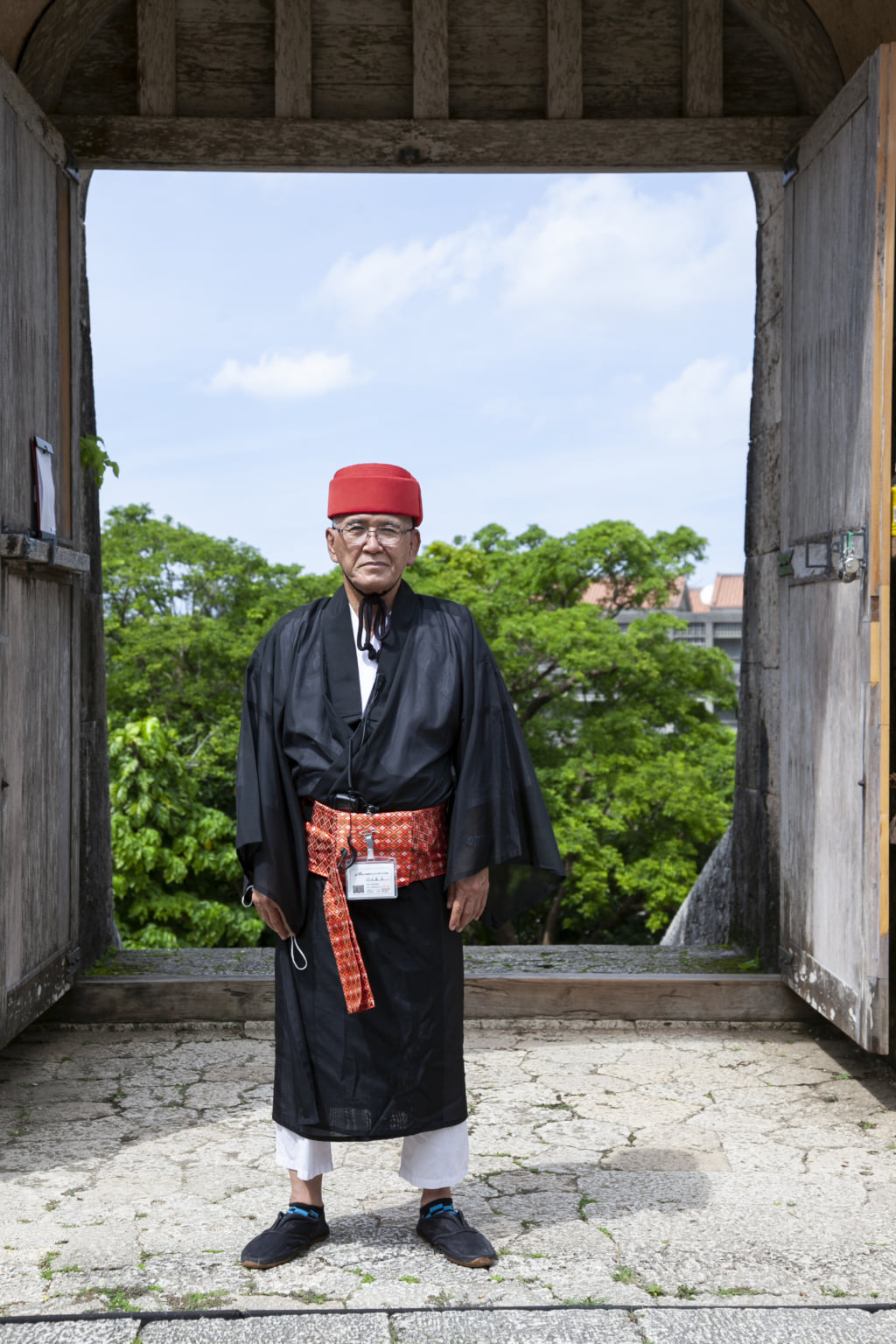
The staff working at the castle wear traditional Ryukyu costumes.
Okinawa Commemorative National Government Park(Shurijo Castle Park)
TEL +81-98-886-2020 (Shurijo Castle Park Management Center)
1-2 Kinjo-cho, Shuri, Naha City, Okinawa
oki-park.jp/shurijo/en/TRENDING
-
A Rare Japanese Garden Hidden Within Honen-in Temple in Kyoto
Visible only twice a year, ‘Empty River’, designed by landscape architect Marc Peter Keane, evokes the carbon cycle.

-
Modernology, Kon Wajiro's Science of Everyday Observation
Makeup, beard shape, organisation of cupboards and meeting places: all of these details decipher 1920s Tokyoites.

-
Colour Photos of Yakuza Tattoos from the Meiji Period
19th-century photographs have captured the usually hidden tattoos that covered the bodies of the members of Japanese organised crime gangs.

-
Recipe for Ichiraku Ramen from ‘Naruto’ by Danielle Baghernejad
Taken from the popular manga with the character of the same name who loves ramen, this dish is named after the hero's favourite restaurant.

-
Hitachi Park Offers a Colourful, Floral Breath of Air All Year Round
Only two hours from Tokyo, this park with thousands of flowers is worth visiting several times a year to appreciate all its different types.

